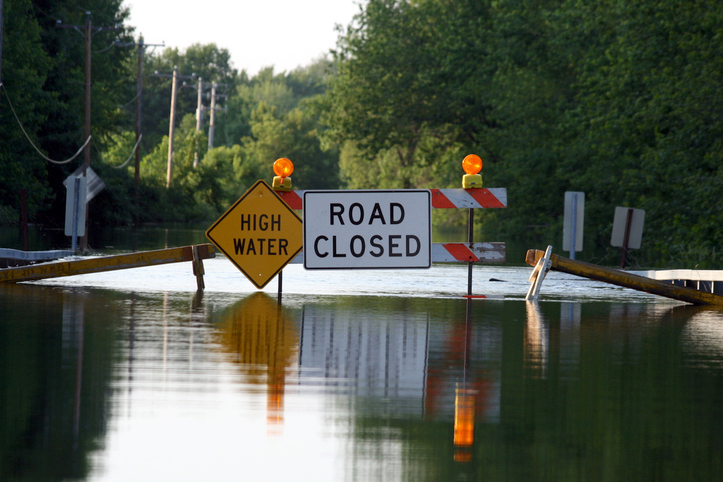How Do You Stay Safe in Severe Texas Weather?

Storms in Texas can hit fast and hard. And every region of the state faces a different type of threat. While you focus on safety, don’t forget your wallet; severe weather often leads to higher electricity prices. That’s why Texas storm preparation matters for your home, family, and finances.
Gulf Coast: Hurricanes and Tropical Storms
Storms from the Gulf bring heavy rain, strong winds, and storm surge. They form over warm ocean water from June to November. Therefore, these storms grow stronger when wind patterns and water temps work together.
As one of the most devastating storms in recent memory, Hurricane Harvey in 2017 caused $125 billion in damage and flooded over 300,000 homes. When storms are forecasted, watch for fast-moving clouds, rising tides, and storm surge alerts from local news. And if you live near the coast, know your evacuation route. Keep food, water, and power backups ready. Plus, you should read our Hurricane Season Houston Prep Resources even if you don’t live in the Bayou City.
Hill Country: Flash Floods
The Hill Country gets hit by short, intense rainstorms. These happen most in spring and early summer. When these storms pop up, steep hills and rocky soil send water rushing into creeks and low roads.
Just this month, floods in Central Texas caused dozens of deaths and severe damage to infrastructure and private property. Recovery efforts will last for months to come, so the death toll and monetary damages continue to pile up.
Water can rise within minutes. So, watch the sky, listen for thunder, and never drive through water. During flood season, Texas storm preparation means having a plan to move to higher ground fast.
North Texas: Tornadoes and Hail
North Texas sits in “Tornado Alley” where twisters form when dry air from the west hits moist Gulf air and cold fronts to form supercell storms. Spring and early summer bring the most tornado activity. Powerful winds in these storms can knock over trees and Texas power lines, causing blackouts in wide areas.
Tornadoes can reach 200+ mph winds and destroy whole homes. In 2015, a North Texas tornado outbreak killed 13 people and caused over $1.2 billion in damage. So, know where your safest room is, preferably a windowless space or storm shelter. Watch for green skies, loud roars, and alerts from the National Weather Service.
West Texas and the Panhandle: Wind and Dust Storms
In this dry region, strong winds and dry soil often lead to dust storms. These occur year-round but peak in spring and fall. When cold fronts sweep in, they lift dirt into the sky and cut visibility to near zero.
In 2023, a Lubbock dust storm caused a 30-car pileup. And smaller dust storms happen each year. If a dust storm hits while you’re driving, pull over as far as you can from the travel lanes, turn off your lights, and wait it out.
Texas Storm Preparation Planning
Every part of the state has its own risks and requires Texas storm preparation. Know what to expect, watch the skies, and have a plan. You and your family will need it when you least expect it.
You also should protect your wallet from high power bills. To protect your home and avoid bill surprises, shop smart for your energy plan. Visit http://www.texaselectricityratings.com for trusted advice, real customer reviews, and cheap power contracts.

